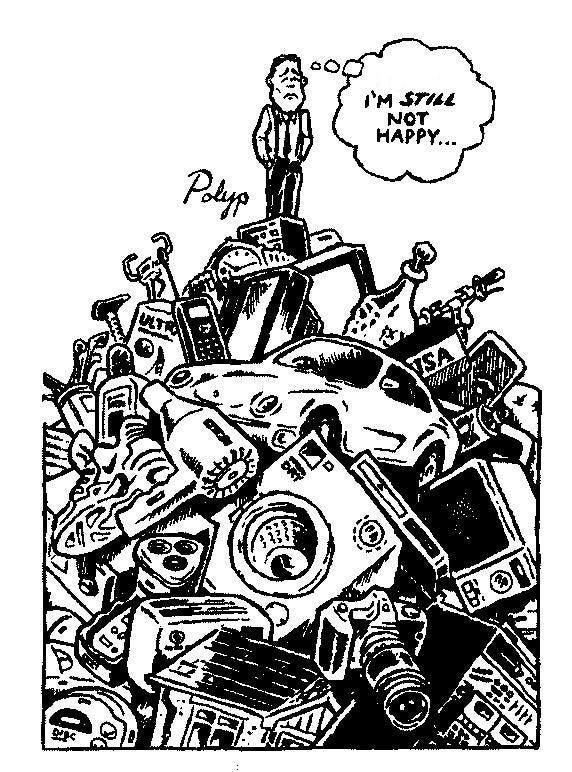Confessions of a Shopaholic: Retail Therapy or Addiction
Overconsumption and Financial Free-fall
When Hobby Becomes Necessity: Overconsumption Theory
“As I stare at it, I can feel little invisible strings, silently tugging me toward it. I have to touch it. I have to wear it. It’s the most beautiful thing I’ve ever seen”, says Isla Fisher in “Confessions of a Shopaholic”. As an avid shopper with an overflowing closet, you might be able to relate to this feeling where you just can’t resist buying something. As some may know, “Confessions of a Shopaholic” is inspired by a series of novels by Sophie Kinsella, where a young journalist is unable to keep up with her shopping temptations. Portrayed by Isla Fisher, the main character embarks on a series of adventures, she finds loves, turns her life around and gets herself out of her tricky situation. But is this film really meant to simply be a lighthearted comedy about love and shopping?
Most likely, the movie itself would have you leaving the theatres smiling about how the main character found her path and love along the way. But have you wondered how she got there in the first place? Looking beyond the plot, you’ll notice that the film has a deeper significance as it portrays the pitfalls of consumerism and why we buy so much. “Confessions of a Shopaholic” is unique in its portrayal as it focuses on our obsession with shopping, and illustrates existing theories on overconsumption. Indeed, current theories include the idea that we fall for trends due to social comparison, while others point to systemic factors like globalization. Here, the film allows us to reflect on our consumption patterns based on the psychological theory that overconsumption is a form of addiction or compulsive behaviour. For example, we can see the main character attending anonymous meetings and hear “Rehab” by Amy Winehouse playing as Isla Fisher takes out her credit card. As such, our society has turned the hobby of shopping into a necessity and go as far as putting ourselves in precarious situations for the sake of materialism and alleviating negative emotions.
Addressing Overconsumption Issues
Also, the movie serves as a metaphor for our society’s tendency to equate material wealth to happiness and the consequences that come from it. In fact, articles such Ellen Falconer’s tell us that this film might be based on reality more than fiction as it pushes us to reflect on real issues related to overconsumption. Although debt is the main issue presented, the character’s overflowing closet, the group meetings and her inability to pay rent promote thoughts on further consequences. In reality, overconsumption can lead to broader problems like pollution and landfills, and this film serves as a starting point towards such reflections.
Overall, this movie is unique in how it portrays the obsession that surrounds shopping, and the thoughts it provokes on overconsumption. The next time you find yourself thinking “I’m not a shopaholic, I’m helping the economy” like Isla Fisher, it might be time to reconsider your shopping habits. In that case, sustainable fashion practices might be the solution to your never ending pile of clothes.







This blog post delves into "Confessions of a Shopaholic," revealing its critique of consumerism beneath the romantic comedy surface. I enjoyed reading about how the film addresses shopping addiction and the broader societal implications of overconsumption, such as pollution and unsustainable consumer habits. The discussion about psychological and systemic factors driving overconsumption added a layer of depth to my understanding. The post could have benefited from a more nuanced exploration of possible solutions to overconsumption. For instance, discussing the role of consumer education could have added an intriguing point to the argument. Nonetheless, this is a very strong post from which I have gained substantial knowledge and insights.